-
Content count
781 -
Joined
-
Last visited
Posts posted by JFM
-
-
You stated what I was going to say, Hauksbee: How do we know the spar was cracked? I've never seen that detail anywhere. Doesn't mean it wasn't said, I've just never seen it anywhere. What's the source for that?
There is a supposed photo of Boelcke lying dead next to the shattered wreck of an Albatros. But the cross on the tail has a white border; it's not black on a square crossfield, like on Boelcke's plane. It's not him.
You know, that's a good question about the guns! Boelcke was flying an Albatros D.II (for clarity, D 2) when killed. I've talked about hitting the guns, too, so let's take a look at a D.II cockpit to check it out. (Something I should have already done!
 )
) These guys were very close to the guns but the the back of the guns were attached to the cross support up under the forward lip of the cockpit. I guess it depends on stature, but seems you'd most likely either hit that padded cockpit coaming or the crossbar underneath it, more than the actual gun butts. It's possible that if not securely strapped in one could be thrown right out of the cockpit and forward. But what would crush someone's head? An overturned Alb's center section struts were more than strong enough to support an airplane's weight. He's a famous example:

That's a D.V, not a D.II, but illustrative nevertheless. IMO, no reason why the back of anyone's head would be "crushed" by such turnover. Of course, we don't know the exact nature of Boelcke's impact, how badly damaged his plane was after the crash/crash landing as compared to this photographed D.V, how securely he was strapped into the cockpit, etc. But if it just turned over, one (certainly I) wonders what would have crushed the back of his skull?
-
-
My pleasure!
I checked Lance's Blue Max Airman Boelcke/Immelmann for further info. He wrote (on page 28):
A lesser-known [than MvR's] eyewitness account from a soldier on the ground clears the matter up: "Thus he lost lateral steering control, which was instantly noticeable because he immediately began to go into spiraling turns and with great skill came down to about 500 meters altitude. He wanted to land near Bapaume, but a side gust denied him the ability to select his own landing place because the damaged machine could barely obey its pilot. So he had to set down in soggy clay soil where he could not let his plane taxi and the machine turned vertically on its head, whereby Boelcke sustained a mortal injury to the back of his head. The resolute calm that was otherwise on his features was disturbed only a little." We now know then that the wheels of Boelcke's Albatros had dug into the muddy ground and flipped the plane over, fracturing the back of his skull.
Lots to that. That account would indicate the upper wing did not come off. But, turning over would not automatically lead to a crushed skull. Many, many pilots turned over and survived without a scratch. Did he fall out of the cockpit upon overturning and some part of the plane landed on him? (If loosely strapped in, or not using shoulder harnesses, the Albatros lap belt didn't actually secure you to the seat in an inverted attitude.) Etc. I've never seen a photo of the wreck--I've seen claims of such a thing, but they were disproved--so no idea what shape it was in. So, as so often is the case, we're not exactly sure.
Link to Lance's excellent book: https://www.amazon.com/Blue-Max-Airmen-German-Awarded/dp/1935881051/ref=sr_1_7?ie=UTF8&qid=1493667473&sr=8-7&keywords=blue+max+airmen
-
I'm going to opine nobody was "shoulder shooting." These were trained combat pilots, not online flight-sim wannabes. You're going to "shoulder shoot" your commander Boelcke's adversary? Have fun back at the airfield as he tears your ass to shreds! Fortunately, the word "perhaps" was used, so that indicates the writer's conjecture, which is fine.
Here is what I wrote in my book DH2 vs Albatros DI/DII, Western Front 1916, Osprey Duel #42.
On Saturday 28 October, Boelcke and Staffelkamerad and personal friend Böhme had just sat down to enjoy a game of chess when Jasta 2 ‘were called shortly after four o’clock during an infantry attack on the front.’ Boelcke had flown several sorties already that day but led his Staffel of Albatros D Is and D IIs aloft again into the cloudy, stormy skies. Ltn Richthofen recalled that eventually, while flying at about 10,000 feet between Pozières and Flers, ‘from a great distance we saw two imprudent Englishmen over the Front, apparently having fun in the bad weather.’ These two aeroplanes were No. 24 Sqn ‘C’ Flight DH 2s flown by six-victory ace Ltn Arthur Gerald Knight (DH 2 A2594) and Ltn Alfred Edwin McKay (DH2 A2554) flying a NE—SW defensive patrol between Pozières and Bapaume. At 8500 feet Knight was about 1500 feet higher than McKay, whose departure from Bertangles had been delayed ‘on account of [a] dud engine,’ forcing him to take a second machine aloft that he noted ‘would not climb;’ typical examples of the engine woes often faced by No. 24 Sqn. At about 1640 the pair spotted Jasta 2’s Albatrosses and identified them as ‘Halberstadters and small Aviatic [sic] Scouts’ who stalked them for five minutes until one ‘did a side-slipping dive under the top D.H., but Lieut. Knight did not attack as he was suspicious of this manoeuvre.’
As the leader, it is likely that this attacking aeroplane was Boelcke, who according Richthofen ‘went after one and I the other.’ Knight wrote that he was initially attacked by six of the twelve aeroplanes and immediately commenced evasive spiraling before the other six attacked, some of whom went down below him and attacked McKay as well. Outnumbered six-to-one, the DH 2s could do little amidst the swirling cloud of German fighters. ‘It would have been fatal to concentrate on any one machine as four or five [others] were ready to close in,’ wrote Knight, ‘so I merely spiraled and fired when a HA [Hostile Aircraft] came across my sights.’
The same opinion was had by Böhme, who in a letter to his fiancé wrote that ‘the English aircraft, fast single-seaters, skillfully defended themselves’ during a ‘wildly gyrating melee in which we could always only get into range for brief moments.’ No doubt the sheer number of German aeroplanes chasing the same two targets crowded the airspace, aiding the British and threatening to violate Boelcke’s eighth dictum that cautioned against several fighters pursuing the same opponent; although perhaps there was little choice in so lopsided a battle. Regardless, the threat proved all too real. After ‘about five minutes of strenuous fighting’ during which Jasta 2 ‘attempted to force our opponents downward by alternately blocking their path, as we had previously so often done with success,’ Boelcke and Böhme were pursuing McKay when Knight, under attack by Richthofen, turned hard left to evade and cut in front of McKay’s pursuers. Both Germans manoeuvered to avoid colliding with the DH 2 but tragically collided with each other instead, each Albatros having been in the blind spot of the other. Böhme’s undercarriage struck Boelcke’s upper port wing; the impact was described as a ‘light touch’ but Böhme lost a portion of his undercarriage and the outboard section of Boelcke’s wing was torn away. ‘How can I describe my feelings from that moment on,’ Böhme later wrote, ‘when Boelcke suddenly appeared just a few metres to my right, how he dove, how I jerked upward [after each had become aware of their too-close proximity], and how we nevertheless grazed each other, and both plummeted downward!’
Böhme fell a couple hundred metres but recovered to follow Boelcke’s crippled D II, gliding left-wing-low ‘in great spiraling curves’ toward the clouds. His description of this descent suggests that Boelcke had also lost his port aileron, which would reduce or eliminate use of the starboard aileron; or if the starboard aileron still functioned it was not enough to fully arrest the roll caused by the now asymmetrical lift created by the partly missing wing. Richthofen wrote that he followed Boelcke as well, at least initially, and his account agreed with Böhme’s that Boelcke descended from the fight while under some control. Knight and McKay also saw Boelcke’s initial decent and concurred his Albatros was under control. However, he entered a lower layer of clouds (in which one encounters increased turbulence) and thence according to Richthofen lost his entire upper wing. Böhme observed that Boelcke ‘went into an ever steepening glide, and I saw before the landing how he could no longer keep his plane facing straightforward, and how he struck the ground near a gun battery.’
Böhme attempted to land near the crash sight but was thwarted by the surrounding shell holes and trenches and he was forced to return to Jasta 2’s base at Lagnicourt. His damaged Albatros undercarriage caused him to nose over on landing; unhurt, he and several others drove back to the crash site with stolen hopes of Boelcke’s survival but these were dashed by the grim reality of Boelcke’s corpse that the adjacent gun crew had extricated from the wreckage. Böhme opined the crash might have been survivable had Boelcke worn a crash helmet (something not usually done by Jagdstaffelpiloten) and had strapped himself firmly into his D II, which might have better protected him from blunt-force trauma that fractured his skull and killed him. In any event, the great 40-victory ace was dead. That night, Boelcke’s brother Wilhelm sent a telegram to their sister: ‘Prepare parents: Oswald mortally injured to-day over German lines.’
Meanwhile, McKay and Knight continued their swirling battle above against the rest of Jasta 2 for another 15 minutes after the collision, each DH 2 having descended to 5000 feet and drifting east of Bapaume. Finally, the Albatrosses disengaged to the east and the DH 2s returned to Bertangles, where they landed safely at 1740. By the time Jasta 2 returned en masse to Lagnicourt, word of Boelcke’s death had already reached the aerodrome. Naturally, the pilots—indeed, soon the entire Luftstreitkräfte—were shocked. ‘One could hardly conceive of it,’ recalled Richthofen.
On 31 October Boelcke’s body was born to Cambrai Cathedral for an elaborate funeral service. Afterwards the coffin was taken via gun carriage to the train station and transported back to Boelcke’s home town of Dessau, Germany, where he was buried 2 November after a funeral attended by family, high-ranking generals and royalty. A photograph of him lying in state under a blanket of autumn oak leaves and flowers reveals little head trauma, save for cranial disfigurement near his left temple and eye, perhaps lending some credence to Böhme’s opinion of the survivability of Boelcke’s crash. However, a purported witness to the crash claimed Boelcke’s D II overturned on landing and caused a mortal wound to the back of his head, which would likely require the complete collapse of the center section struts. In the absence of photographs or descriptions of the wreck, such detail is speculative at best.
For those interested in other similarly detailed accounts: https://www.amazon.com/DH-Albatros-II-Western-Front/dp/1849087040/ref=sr_1_2?ie=UTF8&qid=1493562996&sr=8-2&keywords=jim+miller+osprey+duel
-
I actually earned a VC flying B.E.12s in WOFF! The only one I ever got. My only advice is to get close. I mean you-can-smell-the-enemy-pilot's-aftershave close. One, maybe two airplane lengths at most. That combined with F6 and I hadn't any problems. Of course, I'm talking about single-seaters. I rarely see two-seaters in WOFF so haven't much advice for them, other than to avoid getting with one or two airplanes lengths of their six o'clock unless you want new openings in your body.
I love the B.E.12. I've had the most fun with it and am about to start another campaign.
-
 1
1
-
-
In Lance Bronnenkant's book Blue Max Airmen Volume 1, Boelcke/Immelmann, page 36, it says: "On 11 August 1915, Boelcke informed his parents: 'Lt. von John, who is in hospital here with an injured knee, came along to visit me with two nursing sisters. As they were both so longing for a flight, I took them one after another for a jaunt above the aerodrome in my little monoplane, to the great joy of all the beholders.'"
What's that, you say? You don't have Lance's book? Tsk, tsk, tsk. Here, let me help you: https://www.amazon.com/Blue-Max-Airmen-German-Awarded/dp/1935881051/ref=sr_1_5?ie=UTF8&qid=1493252275&sr=8-5&keywords=blue+max+airmen
-
I just re-read my last post. I then edited it to tone it down a bit, because I didn't want it to be confused as a personal attack on the narrator. I imagine he was narrating to the best of his ability, with information he believed to be correct. That it is not correct was the point of my post. Perhaps I'll look up Mr. Permann and send him some MvR book so that he may rewrite the MvR portions of his narration. I can't comment on the full hour's narration, because I just FFed to the MvR part since I own this footage and knew right where it was that Hauksbee was talking about.
-
The narration about MvR's landing after being wounded--the stuff about being blind all the way to the ground, hearing wind in the trees, then hearing wind in the grass--is utter horse hockey nonsense. Get in car, drive it just 20 mph, stick your head out the window, and then tell me how much wind you hear in the grass. Hell, ride a bicycle 20 mph and tell me how much wind you hear in the grass. It's all in your ears. Even if that claim weren't physically wrong, there isn't a single shred of corroborative historical evidence to support such a contention as regards MvR. It's so wrong that it couldn't be mistaken understanding of what really happened. Instead, somewhere along the line, somebody made it up.
Disregard every syllable of that narration concerning MvR's wounding, such as his wound "never stopped bleeding the rest of the war." Discounting MvR didn't even live until the end of the war, the statement is based on no historical evidence and contrary to medical evidence. All the comments about things MvR "had never done before" on his last flight are so flagrantly inaccurate, it's astounding. Though the narrator can't be blamed entirely, he's just restating the unresearched nonsense that has been published for decades. If you want to learn about what really happened when MvR was wounded 6 July 1917, and the effects thereafter, the most factually accurate and detailed accounts are in my MvR books. Eschewing modesty and just saying, for the sake of historical accuracy.
-
Agreed, Jim, that MS wouldn't let their property be used without permission, no matter how much money wasn't being made from said property, because that would be an obvious slippery slope.
But, everything I've brought up is merely rampantly speculative "what ifs" for conversation's sake. I don't want anyone to get the impression I'm accusing OBD of anything untoward. I'm not.
-
The salient point concerns CFS3 files being included with UE in the first place--is THAT legal? Without a licensing fee?
And I agree, unlikely there was a deal to license CFS3 code/files because there has been no official press release.
This from my friend at MS:
"Q: If OBD bundled in the CFS3 files without MS permission, would MS pursue them legally?
A: Probably not, but if they are making money, then it’s possible. While they say on their site, “NOTE: You are required to own Microsoft Combat Flight Simulator 3”, that doesn’t absolve them from responsibility if [my emphasis] they are including files in their product that are the Intellectual Property of Microsoft. They [would be], in effect, distributing a pirated copy of CFS3."
Again, there are "ifs" involved here. I wrote OBD directly about UE installing without CFS3 and they said (paraphrasing) for me to keep quiet about it to avoid confusion. What confusion was never defined. I'm not accusing them of pirating because there could be some details that are proprietary and need not be discussed publicly. Meanwhile, however, based on messages I receive, there is among many a growing curiosity about the silence regarding the removed need of CFS3 to install/run WOFF UE. I just seem to be the only guy willing to broach the subject. -
Wouldn't "legal purposes" transcend what they can say and include what they can do? For example, if someone steals a loaf of bread from the store but then tells everyone that you are still legally required to pay for that bread, would taking the bread in the first place still be wrong?
If a licensing fee has been paid by MSFair, where is the dual press announcement toward that end?
I don't know. I'm not making accusations and I like the OBD guys and have supported them, and perhaps (likely) it's just that there are many details I don't know which are none of my business, but I can't help but say that from way out here something seems fishy. Love to be proven wrong. Sincerely.
-
Hello!
Let's just be honest and remove the "if" in "if CFS3 is needed" for UE. IT IS NOT. They say it is (in the FAQ), but it is not. As others have experienced, the proof of that is I had a brand new computer built for me by my brother. It was only one week old when UE was released. I had NOT installed *any* OBD product prior to UE, so there were no "leftover files," as has been suggested. The CFS3 DVD never left its case and UE installed and runs anyway.
I have a friend who works at MS. He was part of the FSX and now Prepared3D team. I asked him if MS would let another company use their files or if they would license them to others. He said no to the first and that with the second, the normal order of events is both parties (MS and Sim Company X) have dual press releases announcing a deal has been made to license/use CFS3 code, files, etc. I have seen no such announcement. That doesn't mean a deal hasn't been made, your honor; I'm not privy to such inside information. I'm just saying. But it IS curious that all remain tight-lipped about the elimination of CFS3 when its prior requirement was a huge sticking point with many that kept them away. And why else (I speculate) would you want to eliminate such need, and pay for the privilege of not needing CFS3 anymore, but then not say anything about it? It doesn't make sense if they are paying to license code/files.
In any event, I'm definitely looking forward to a western front WW2 sim. -
I have none of those Chrome problems with SimHQ. Regardless, as long as that is the official WOFF forum, this place will remain deader than Kelsey's nuts.
-
Somehow during it all I missed you, Hauksbee!
Lighter attendance this year, maybe because of the doom-and-gloom weather forecasts that began the week before. (To be sure, Wed/Thurs/Fri in Dayton were frigid and miserable.) They had some nice full-scale Fokker Dr.I replicas last time that were absent, and I know one full-scale Nieuport left before the show began because the pilot's father died and he flew home. But even though those planes are cool to see flying, it's nothing like seeing an F4U Corsair or something going by.
Stache outdid himself dragging all that stuff there and setting it up. I think that was a successful effort, as far as exposure is concerned, because every time I went there there were people around, flying or watching other people flying. Hopefully folks were hooked enough to go home and order the sim for themselves, or put it on their Christmas lists for Santa.
-
That's great, 33Lima! Thanks for that. I have that book but didn't remember that was in there.
-
That top photo is actually an often published shot of Manfred and Moritz. I don't know for sure when it was taken--I too have seen claims it was on 21 April--but the background is certainly barren and bleak enough to have been Cappy. Then again, it very easily could have been Roucourt or Lechelle, etc. It's too cropped. Even the versions I have that aren't so cropped are impossible for ID location.
That shot above that Olham posted is often associated with 21 April. What Moritz had tied to his tail was a wheel chock, said to be in the foreground of that picture, which was taken after MvR removed it. Many contend the photo could not have been taken at Cappy because of the insignia in the background has not been changed to the Balkenkreuz, but such changes didn't happen overnight. But beyond that, I've compared that photo to aerial photos of Cappy and it looks like Cappy to me.
Here are some more Moritz photos, since we're on the subject. BTW, I've no proof of this, but I've "heard" that after MvR was KiA, Krefft assumed ownership of Moritz. After the war he went home with him and lived a full life.
Moritz by MvR's pranged Fokker EIII, at Mont, June 1916. He's still puppy-looking in this photo:
Few shots of MvR and Moritz on/near the steps of Castle de Bethune, Marckebeke, Belgium:Manfred and Moritiz in a tent hangar, near a Fokker Dr.I. There was also a photo of MvR and LvR taken at the same location, probably just before or after this photo.
-
After three decades of playing in rock bands and working as a flight instructor, nothing makes my hair stand on end anymore!
 So damn the censors and full speed ahead! Maybe add it to The Lost Thread over at SHQ, too.
So damn the censors and full speed ahead! Maybe add it to The Lost Thread over at SHQ, too. -
WHAT a great story! Thanks for sharing, I love those kinds of reads.
-
Pretty cool, Jim. As an aside, there may be others that are louder but a hovering Harrier is the loudest airplane I've personally heard. Maybe because the noise is sustained, as opposed to a full burner takeoff where the planes quickly depart. I was close to a Harrier doing some extended hovering and slow-speed maneuvering at WPAFB in 1980 that was deafening, and all others at airshows have been the same. My family were holding their ears as a Harrier hovered at an airshow a few years back but I was reveling in the sonic glory! Although being half-deaf from rock and roll, it wasn't as loud to me.

-
For me there is no magic flying WW1 planes over WW2. The magic is in the flying itself, whether it be a C-152 or F-8 Crusader. WW1 is fun, and I'm well ensconced within its history, but in many ways for me it doesn't even come close to having the same appeal as USN PTO CV ops in WW2. Many WW1 planes are beautiful--the Albatros Ds are some of my favorite planes of all time!--but a Sopwith Camel is never going to turn my head like an F4U Corsair. A few years back I was visiting the Aeroplane Collection in Pasa Robles, CA, and while seeing the Camel flying was awesome, I could barely tear myself away from the TBM Avenger parked on the ramp.
-
Even the USA was not immune. Here's the 7-wing Johns Multiplane:


-
And let's not forget the Tommies!
Supermarine Night Hawk
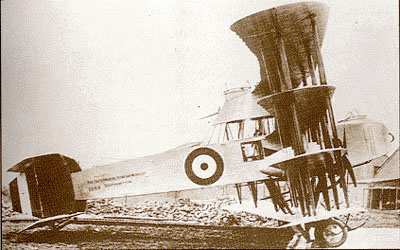
Armstrong Whitworth FK10

-
That's an unfair assessment on Fokker. He wasn't the only one who went beyond a triplane. Other companies tried multi-wing airplanes. Euler, Friedrichshafen, Naglo all had quadraplanes.
Euler
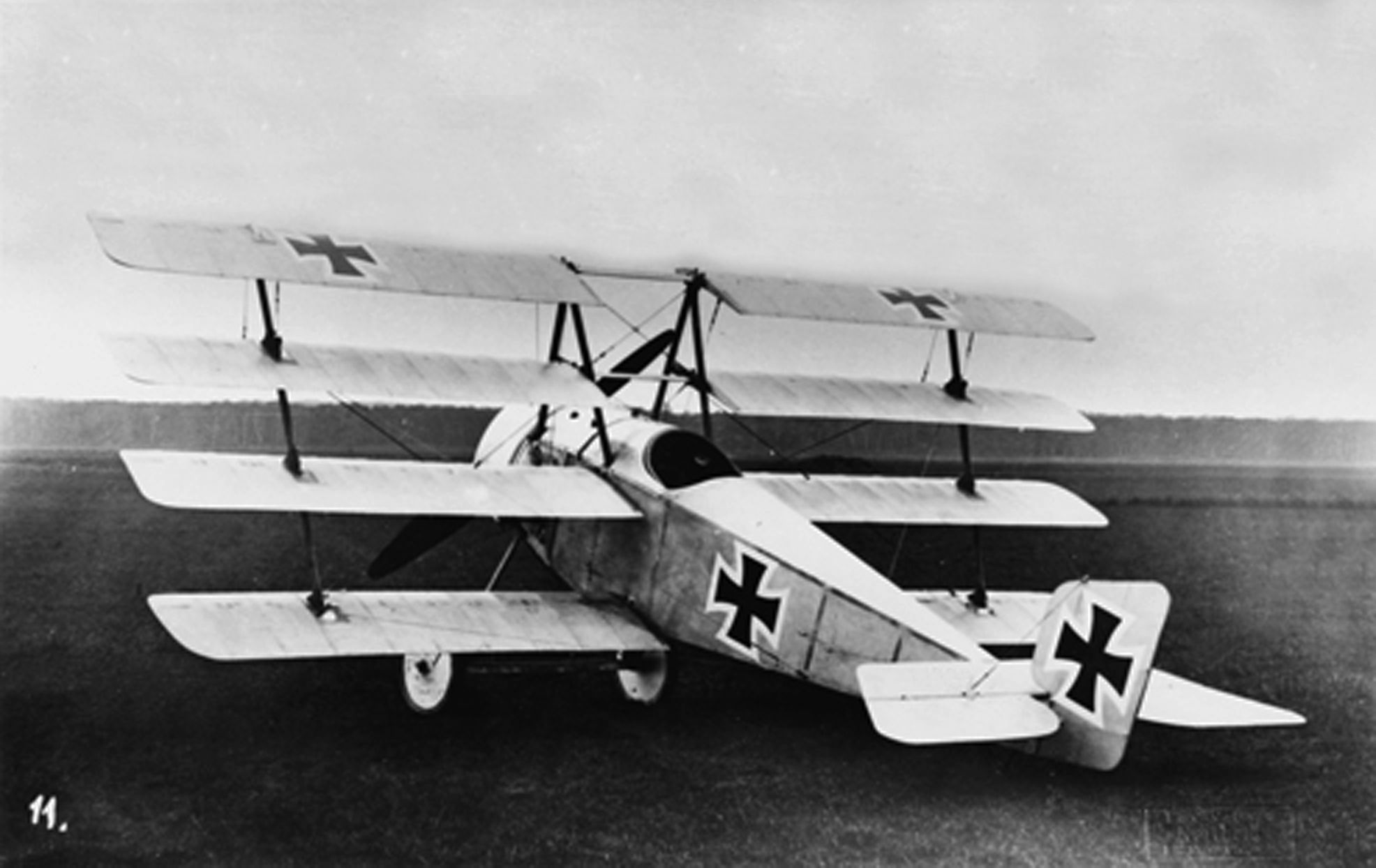
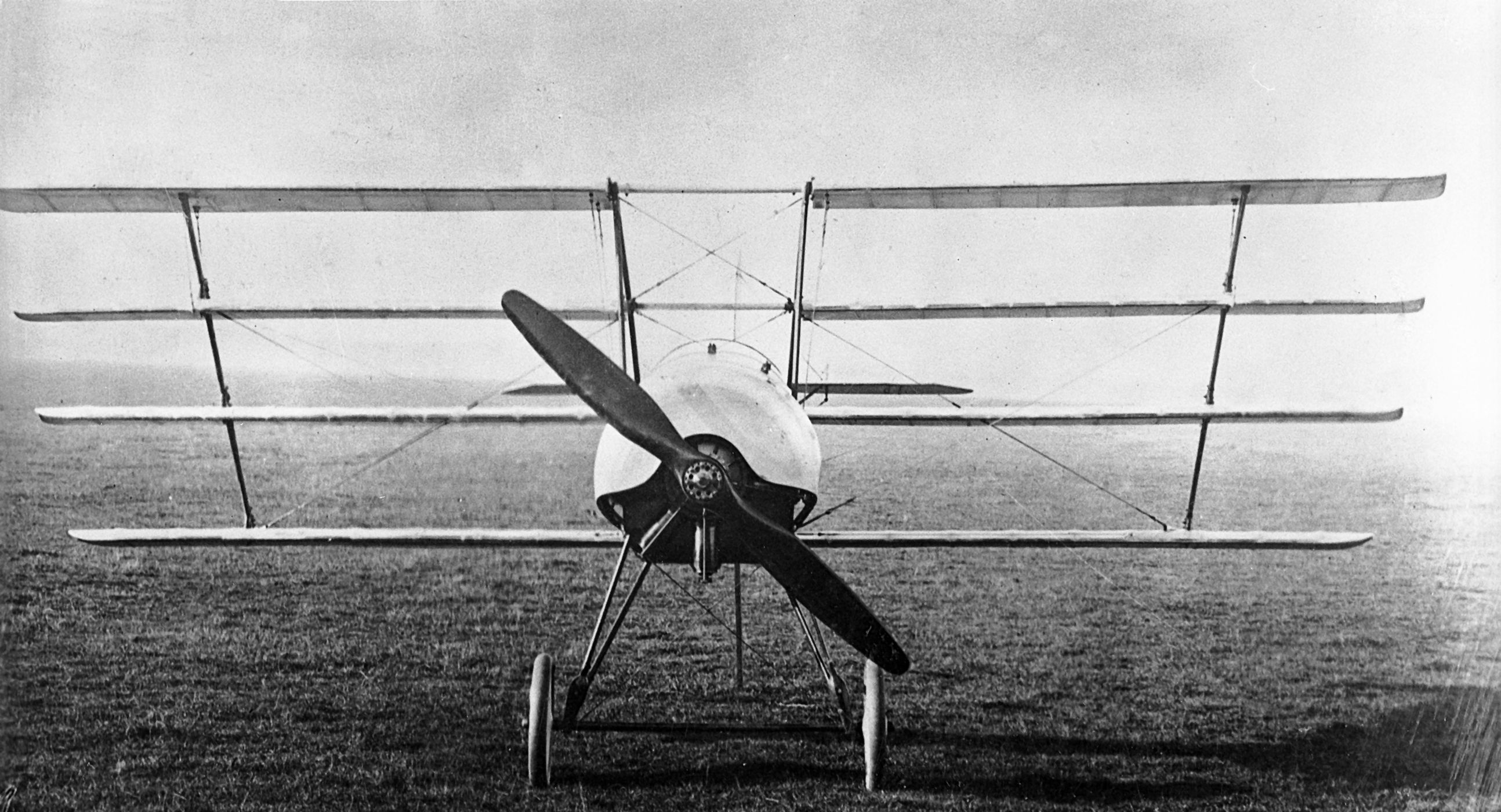
Friedrichshafen
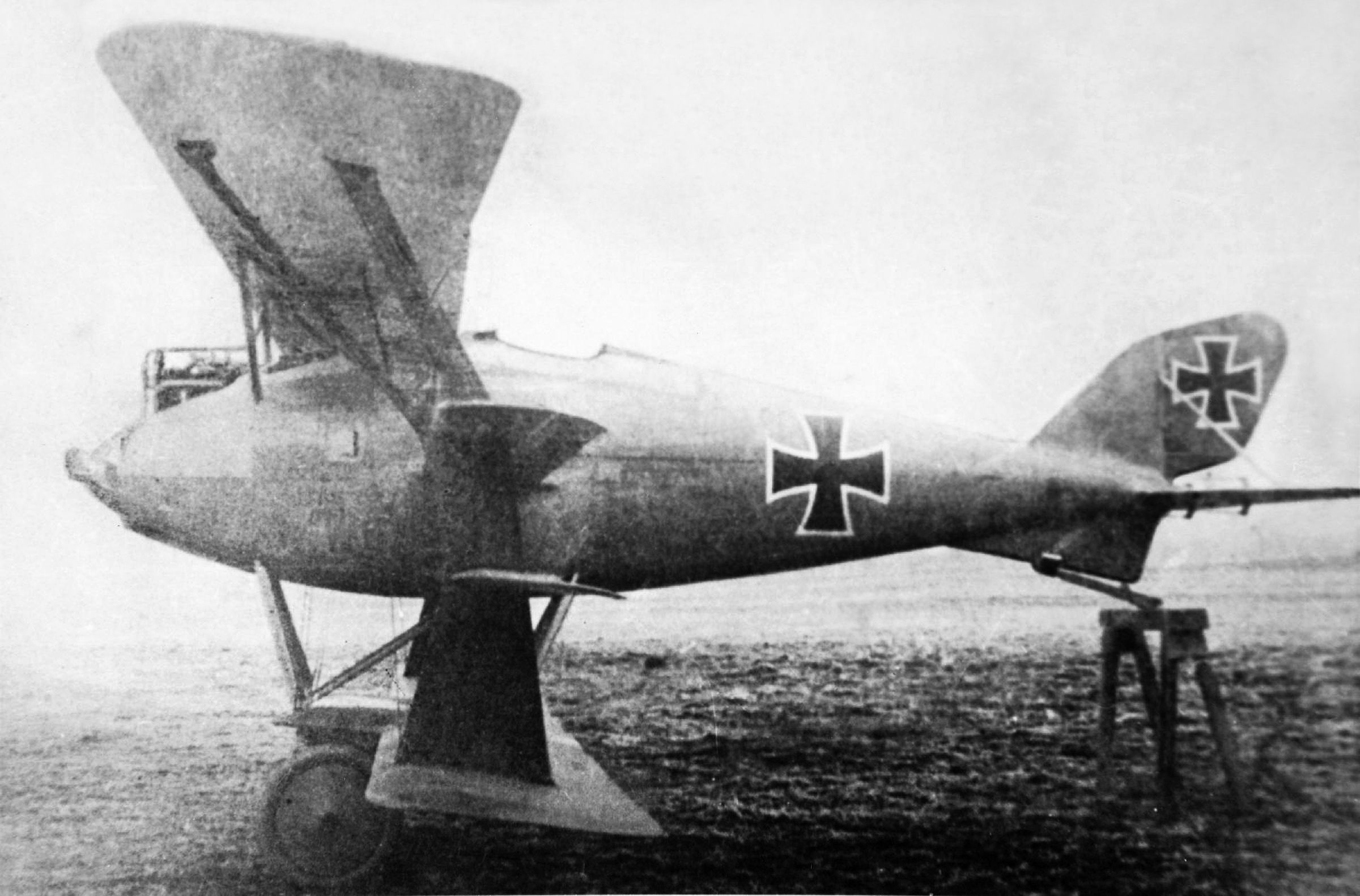
Naglo
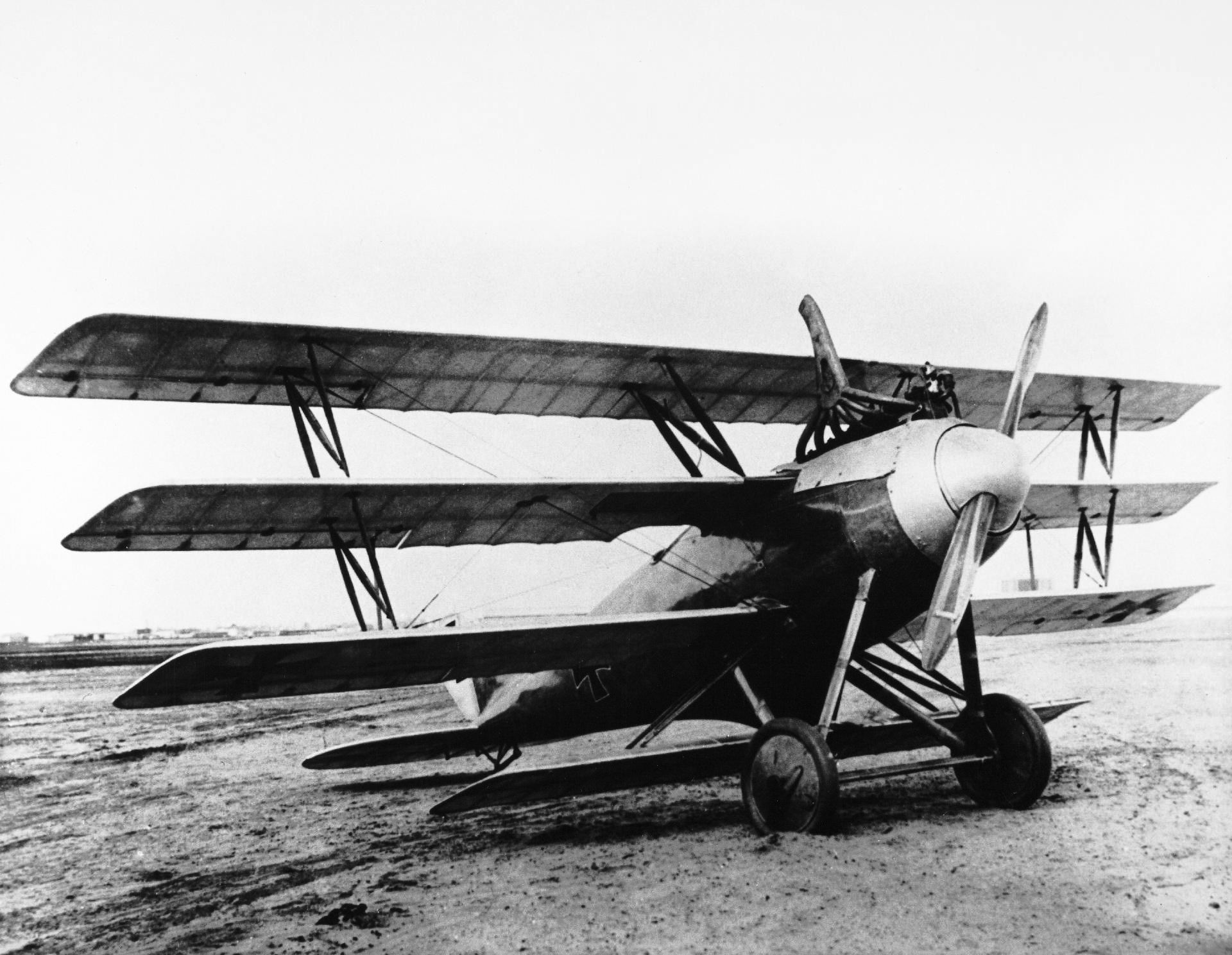
-
The info I have states the Alb Dr.I suffered from "pronounced tail heaviness" and had problems with radiator water connections. It also had "unfavorable performance figures."
The Germans went through a phase when many companies were at least testing a triplane configuration, and more! Like that Fokker V8 above. Here is the Roland Dr.I:
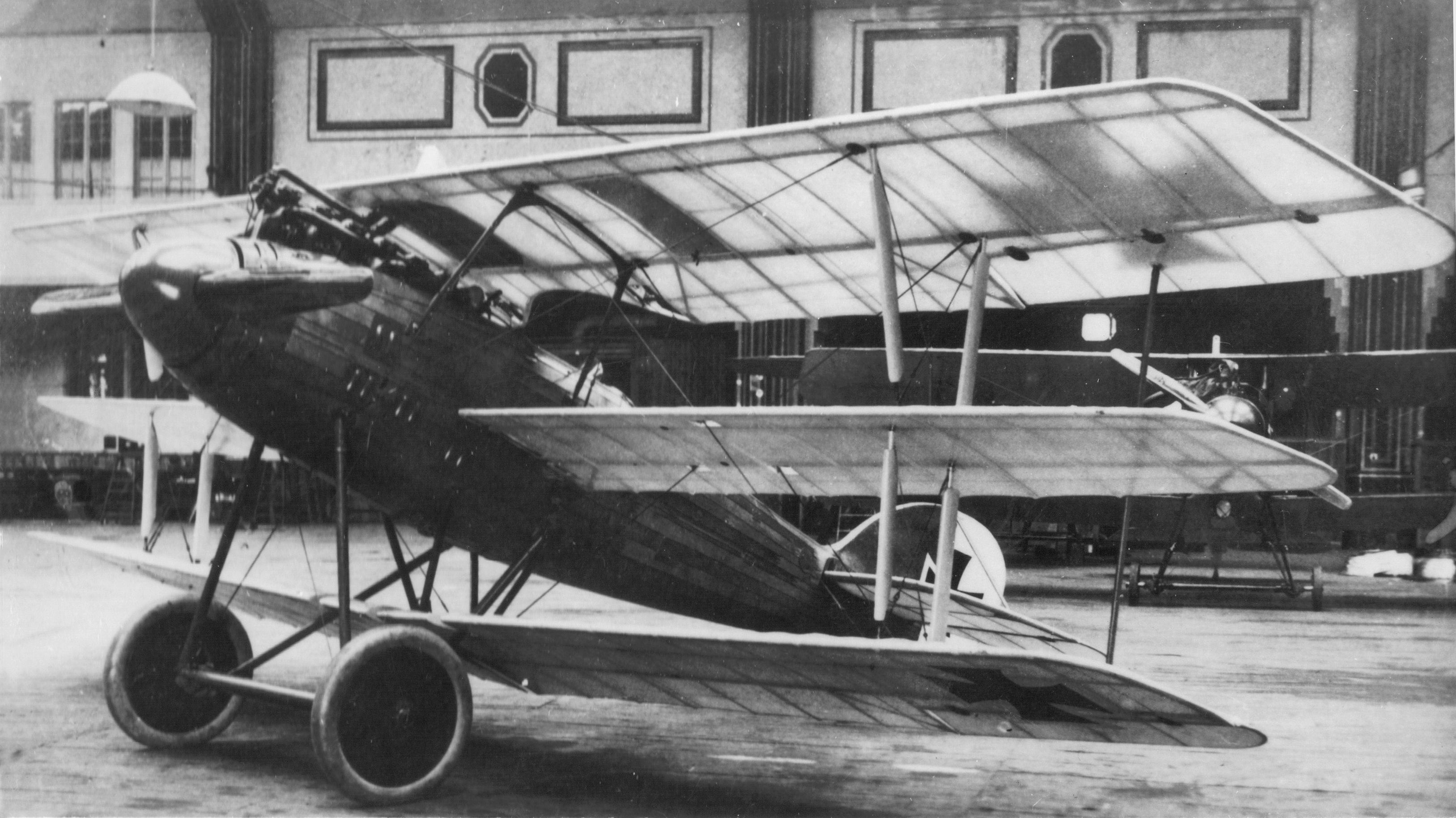

Albatros also made a pusher, the C.II:







von Richtofen, Bohme and the Death of Boelcke...
in WOFF UE/PE - General Discussion
Posted
It's tricky with heads, too. I knew a guy in his early twenties who fell off the back of a parked pickup truck, hit his head on the curb, flat-lined and died. He had absolutely no external injury at all.